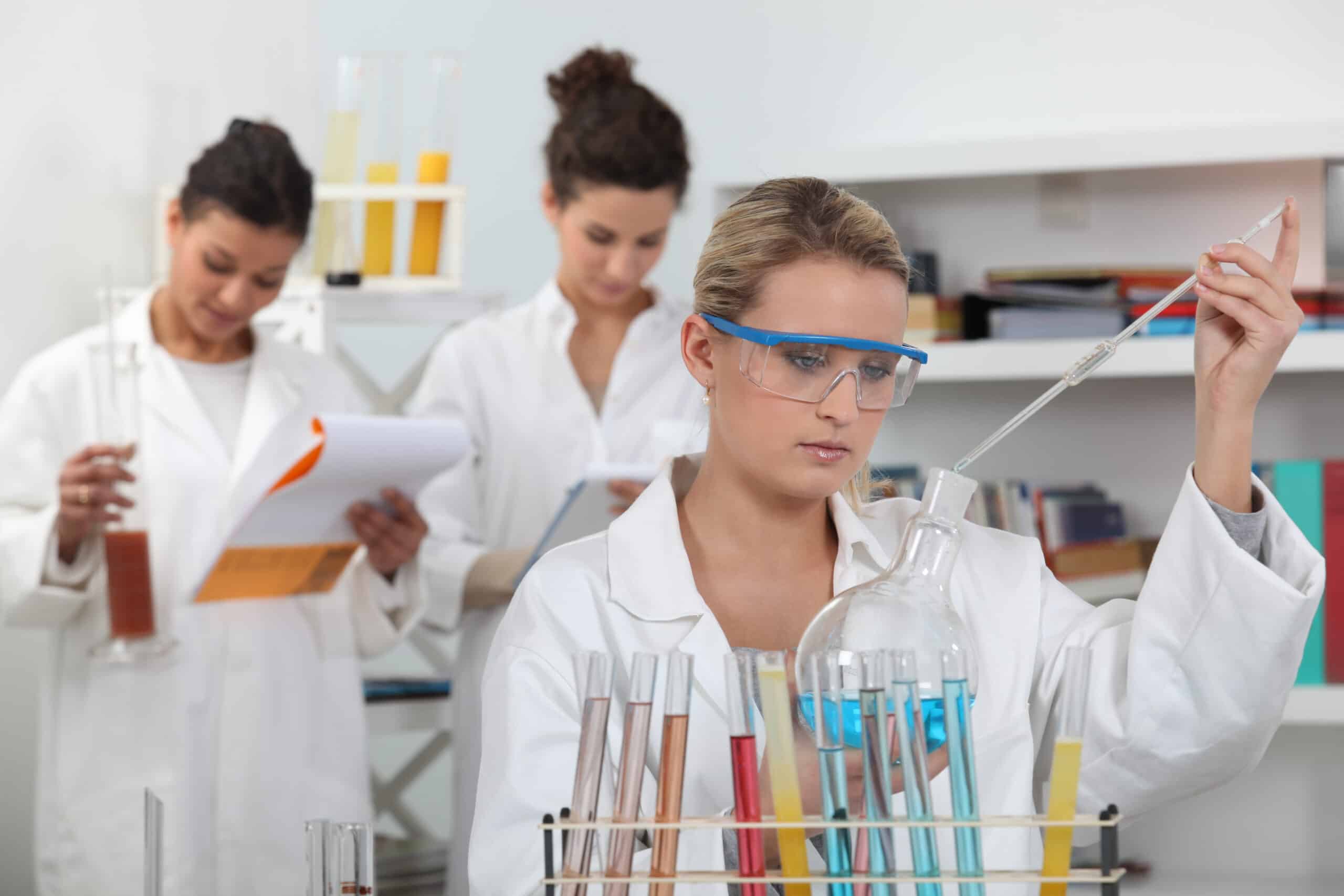Approximately 70% of peptides are delivered via injection, but due to needles not being very popular scientists are exploring alternative routes such as the simplicity of formulation, biopharmaceutical advantages, oral administration, and self emulsifying drug delivery systems. In order for oral administration to be effective the peptides must be able to withstand the harsh conditions of the GI tract to be delivered to their site of action in an active form.
The body has developed strategies to prevent direct entry of proteins and peptides into systemic circulation while digesting them into amino acids suitable for absorption while preventing direct entry into systemic circulation. To be effective for oral administration formulations must prevent naturally occurring digestion and promote peptide permeability through the GI tract.
PH variation throughout the GI tract will lead to peptide hydrolysis with loss of activity and induced changes in ionization. Numerous enzymes will attack the peptides further contributing to proteolysis of their structure; and glutathione can affect some peptide through reduction of disulfide bonds leading to inactivation; meaning only a limited number of the ingested peptides will reach the enterocytes in an active form.
Epithelial cells in the luman are covered by a mucus layer where antibodies and proteases fight against intrusions, it acts as a filter and limits penetration of molecules, and its viscosity slows down diffusion of molecules. Some molecules are able to penetrate and cross mucosal barriers to reach systemic circulation via enterocyte or between cells; specific binding to receptors is required for active transport or passive diffusion for molecules with suitable properties, and tight junctions between cells control paracellular transport of molecules. Meaning a very small amount of active peptide will cross the epithelial membrane to reach the systemic circulation.
SEDDS have been developed for oral peptide delivery which have simplicity, efficiency and biopharmaceutical advantages. SEDDS consist of a mixture of oils, solvents, and surfactants designed to solubilize drugs throughout the digestive process to deliver the active ingredient to the absorption site.
SEDDS have been formulated for decades which have been described in many worldwide scientific articles. Resistance of peptides loaded in SEDDS to digestive enzymes has been shown in several studies; hydrophilic enzymes can’t enter SEDDS to hydrolyze peptides, as long as the peptide is maintained in the oil droplet it is protected which has also been shown to provide protective effects towards protease degradation and deactivation by glutathione.
In vitro and in vivo studies have demonstrated mucus permeation properties of SEDDS. Transwell diffusion systems have shown SEDDS droplet size to be a critical parameter, the smaller the size the greater the permeability. Surfactants used in SEDDS have the capacity to open tight junctions increasing intestinal epithelial permeability, several studies have confirmed the increase of permeability on different peptides.
Pairing hydrosoluble cationic peptides with anionic counterion allows for incorporation in lipophilic SEDDS; this technique has shown the LogP of the ion-paired peptides to be greatly increased in 3 peptide models, peptides were slowly released from the SEDDS and better protection from enzymes and glutathione was achieved as more than 10% of the paired peptide load was obtained.
SEDDS are a simple and effective platform which may answer the needs for oral peptide delivery. The technology has been established for small molecules and has been applied for oral peptide delivery successfully since the 1980s. Hydrophobic ion pairing opens the path for further investigation of SEDDS for oral peptide delivery because of the high drug load achieved.




